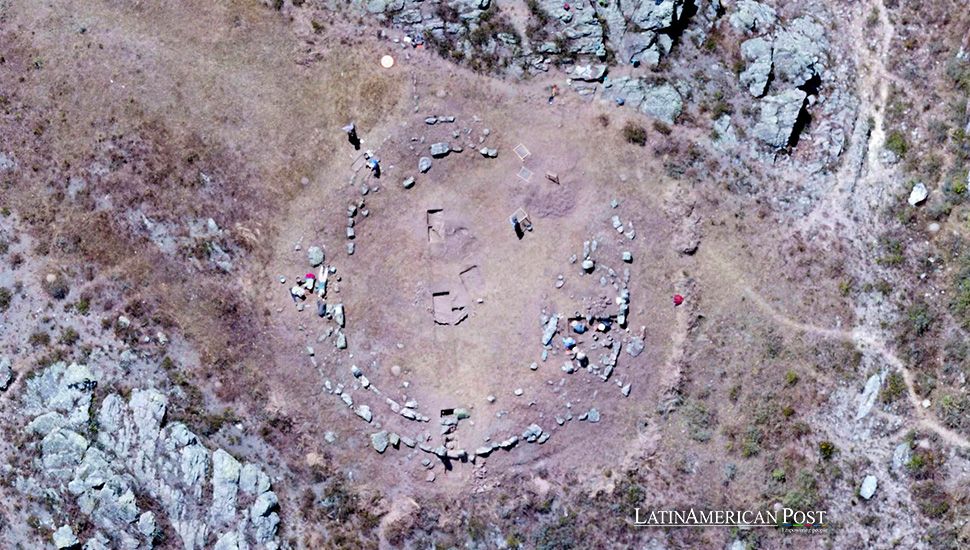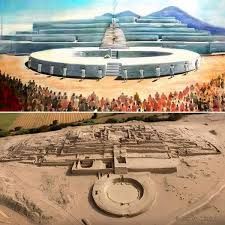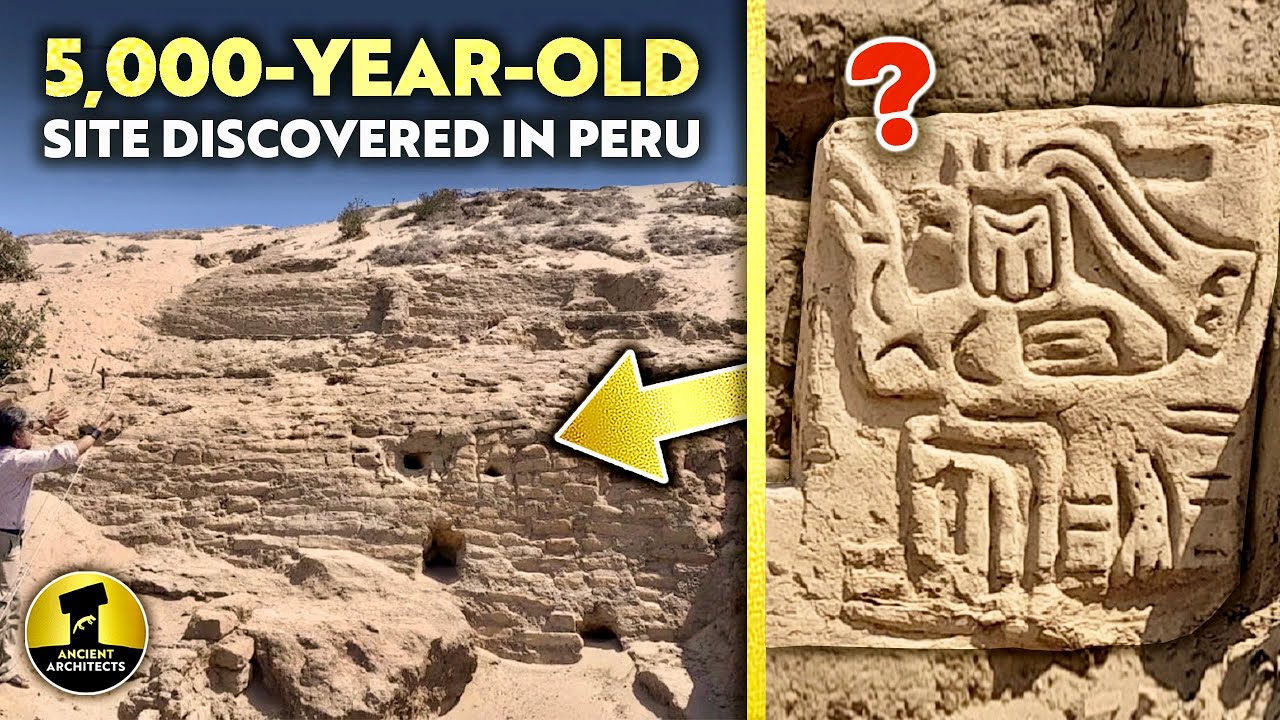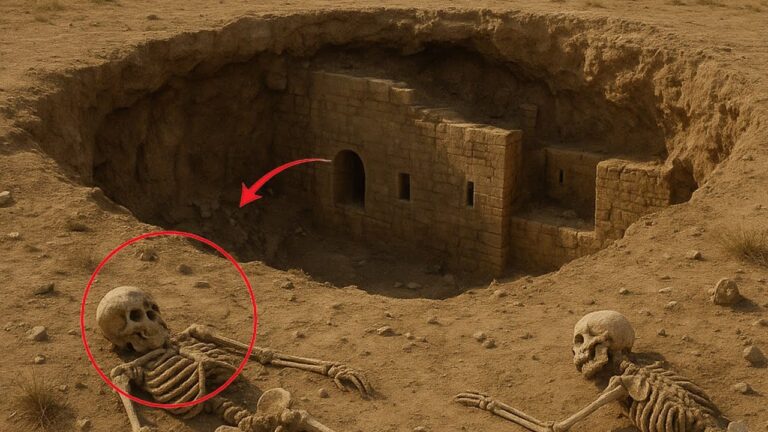In Peru’s northern highlands, experts have discovered a massive megalithic structure at the Calakuma site. An ancient circular stone plaza dating back nearly 5,000 years. How did a circular stone plaza in Peru rewrite our timeline of civilization? High in the mountains of northern Peru, something extraordinary has come to light. Something that may shift how we understand the birth of complex societies in South America. Archaeologists at the Calakuma site in the Kahamaka Basin have unearthed a massive stone plaza estimated to be over 4,750 years old. Built during a period we once believed was dominated by small nomadic groups. This monumental structure is now reshaping the narrative of early Andean civilization.
The megalithic rings hidden in the highlands predate Egypt’s great pyramids and even Stonehenge. What makes this ancient 5,000-year-old plaza truly jaw-dropping is its architecture. At its center lies a double- ringed circular plaza made up of enormous upright megaliths. Measuring 18 m in diameter, the structure isn’t just

functional. It’s symbolic, monumental, and highly organized. The stones were placed with precision in two concentric circles, suggesting a community capable of detailed planning, coordinated labor, and deep cultural cohesion. It’s not the kind of structure you expect from people who hadn’t yet developed ceramics or permanent urban settlements. What was this ancient plaza found in Peru used for? Though the ancient site found in Peru holds no written records, archaeologists believe the Kakpuma Plaza likely served as a gathering place for rituals, ceremonies, and possibly astronomical observations. Its open circular design would have created a powerful communal space for preseramic Andean groups, people just beginning to settle and plant roots both agriculturally and socially. This wasn’t just a place to live near. It was a sacred social core of a growing community. How did a society without pottery build these ancient monuments? This megalithic plaza found in Peru was built during a time when ceramic pottery wasn’t even in use in the region. Known as the late presseramic period, this era was thought to be dominated by mobile subsistence level groups. And yet here we have a massive carefully constructed ceremonial structure that defies those expectations. The people of Calak Puma were not only building for the present, they were constructing something meant to last for generations. And they did it without the tools of civilization we usually associate with ancient sophistication. Could this be the oldest monument in the Andes?
Kalakpuma, a 5,000-year-old plaza found in Peru, now ranks among the oldest known ceremonial monuments in all of South America. In fact, it may predate other famous early Indian ceremonial sites like Carol and Koto. If further dating confirms the early timeline, the Kakpuma Plaza could mark the very beginnings of monumentality in the Andes, suggesting that the seeds of complex society were being planted here far earlier than once believed. What does this ancient mega structure say about early Andean belief systems?

The effort required to construct the Kalakpuma Plaza implies more than just architecture. It hints at belief systems. Coordinated labor on this scale means people believed in something bigger than themselves. Whether it was tied to deities, seasonal cycles, or community rituals, this structure was likely central to a shared worldview. This spiritual or ceremonial aspect is a key marker of early civilization. And finding it so early in the Andes gives us an entirely new appreciation of how culture and belief evolved in pre-Colombian South America.
What this 5,000-year-old mega structure teaches us about ancient innovation even without writing metal or wheels ancient Peruvians were thinking big architecturally, culturally, and spiritually. This discovery challenges our assumptions about what civilization looks like in its earliest stages. And it shows us that even 5,000 years ago, people were already finding ways to leave their mark on.







